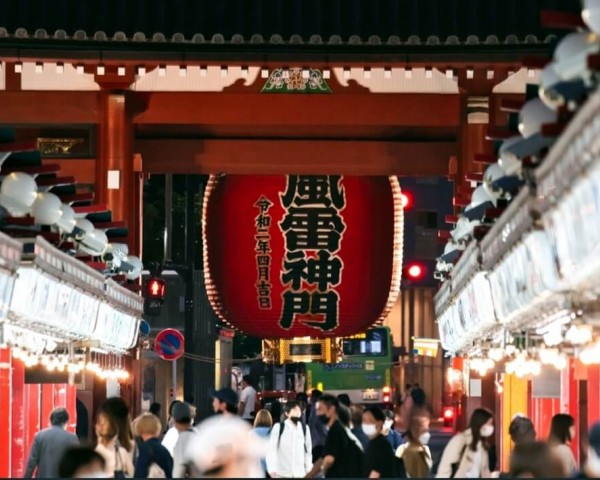Japan is currently experiencing a labor shortage in the tourism industry. This is because many companies in this sector had to reduce their workforce during the pandemic. As the economy improves, the workers have found new jobs, creating a shortage of skilled labor in these industries.
Boosting the Tourism Industry
In October, the Japanese government lifted all pandemic-related restrictions. Since then, the number of Japanese traveling has increased significantly, and foreign tourists are also flocking to the country again. It’s a good sign, as tourism is essential to Japan’s economy.
In April, foreigners’ hotel stays rose to more than 10 million for the first time since January, 92 percent of the April 2019 numbers before the pandemic. However, many companies are struggling with staff shortages, which, for example, are leading to longer waiting times at airports and increasing the workload of the remaining employees.
According to the Tankan Index published by the Bank of Japan in April, hotels and restaurants are three times more concerned about staff shortages than companies in manufacturing.
However, it is not only the workload that is the problem, but also the wages. A Japanese government survey on wages, published in 2022, shows that the average salary in the hotel industry is 3.46 million yen (about 23 000 euros). This is well below the average of 4.97 million yen (about 33 000 euros).
Wages in Japan have risen in all other sectors over the past two years; however, wages in the accommodation sector have fallen.
Experts suggest raising the average amount that the customers spend to improve wages in the sector. One way to increase sales is through a government-funded program that supports renovations, which can lead to higher room rates for hotels – up to 54.2% more on average.
More Revenue from More Affluent Tourists
Another goal of the Japan Tourism Agency (JTA) is to attract more affluent tourists to the country, hoping they will spend more money in Japan. At the same time, it wants to increase the number of tourists in general and the amount they spend.
The government expects demand for international air travel to continue to grow and that significant events, such as Expo 2025 in Osaka, will increase the number of tourists in the country.
The plan aims to increase the spending per tourist to 200,000 yen (about 1 400 euros), an increase of about 25 percent compared to 2019. In addition, tourists’ overnight stays in rural areas are expected to increase by 10 percent. In total, annual spending by outbound tourists is expected to rise to a record 5 trillion yen (about 35 billion euros).




